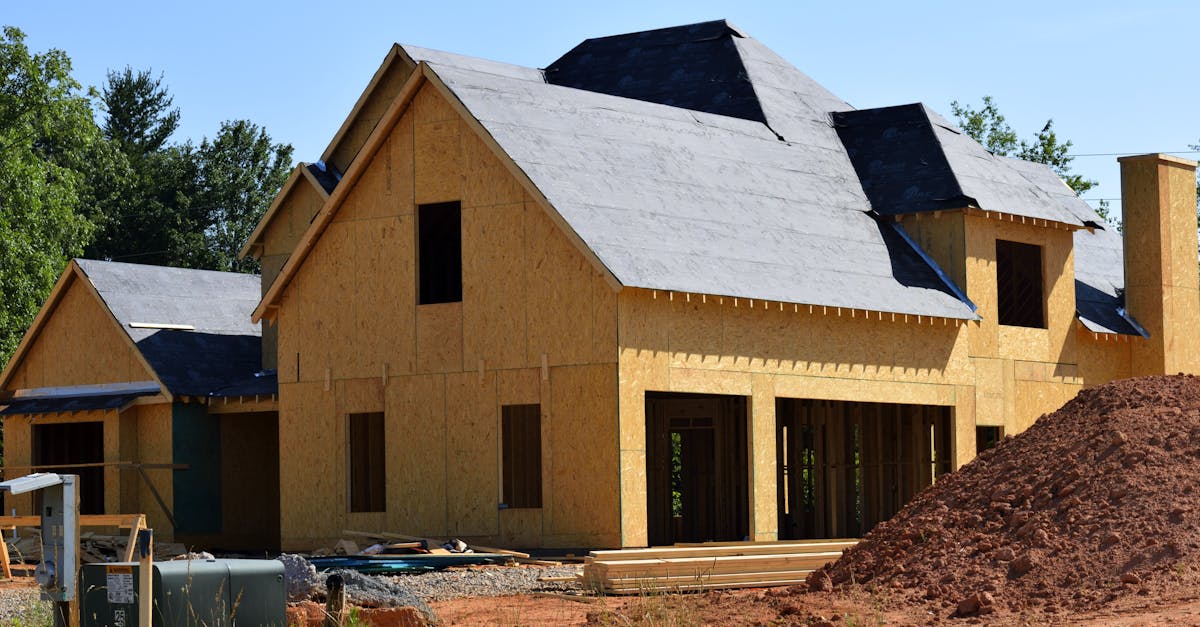Colorbond Roof Installation Process
Colorbond Roof Replacement Melbourne2024-07-15
Table Of Contents

Hiring a Roofing Specialist
Table Of ContentsPreserving Landscaping with Efficient Water Runoff
Implementing Rainwater Harvesting Systems
Sealing Roof EdgesFAQS
Why is it important to hire a roofing specialist for water runoff issues with Colorbond roofs?Copyright © Colorbond Roof Replacement Melbourne. All rights reserved.What is Colorbond roofing made of?
What are some tips for implementing rainwater harvesting systems to improve water runoff management with Colorbond roofs?How long does a Colorbond roof installation typically take?Maintaining Colorbond Roof for Water Runoff Efficiency
Colorbond roofing is a popular choice for Australian homes due to its durability and sleek aesthetic appeal. To maintain your Colorbond roof for optimal water runoff efficiency, it is essential to conduct regular inspections and cleaning. This involves checking for any debris, dirt, or blockages that may impede the flow of water off the roof. By keeping the roof clean and clear, you can help prevent water pooling and potential damage to the roof structure.Is it necessary to seal the edges of a Colorbond roof?In addition to regular inspections and cleaning, seeking professional assistance for any water runoff issues is crucial. Hiring a roofing specialist who is experienced in Colorbond roofs can help address any drainage problems or leaks promptly. They can provide expert advice on how to improve water runoff efficiency and ensure that your roof remains in top condition for years to come.
During inspections, it is crucial to pay attention to the condition of gutters, downpipes, and the overall surface of the Colorbond roof. Remove any leaves, twigs, or dirt that may have accumulated in the gutters and downpipes to prevent blockage
ty and durability of the Colorbond roof.Implementing Rainwater Harvesting Systems
Securing Proper DrainageImplementing rainwater harvesting systems is a sustainable practice that can help reduce water wastage and contribute to environmental conservation efforts. By collecting rainwater from the Colorbond roof, homeowners can make efficient use of this valuable resource for various purposes such as garden irrigation, toilet flushing, and laundry.
To ensure proper drainage for a Colorbond roof, it is essential to pay close attention to the positioning of gutters and downpipes. These elements play a crucial role in directing water away from the roof and the foundation of the building. Without effective drainage, water can accumulate on the roof, leading to potential leaks and structural damage over time.There are different types of rainwater harvesting sy